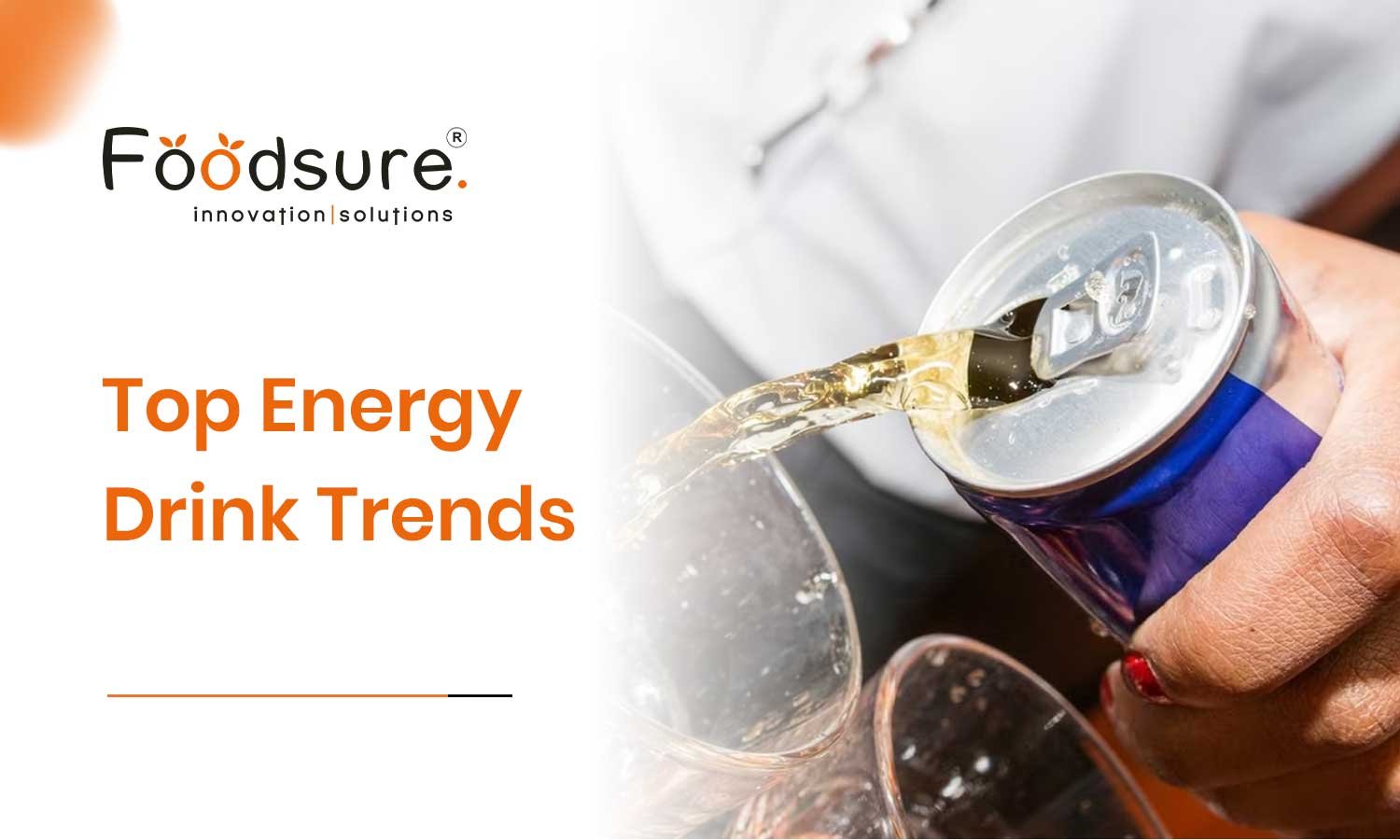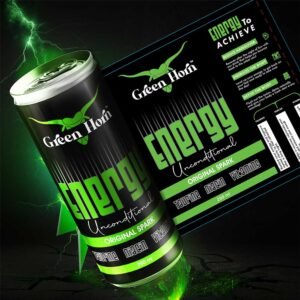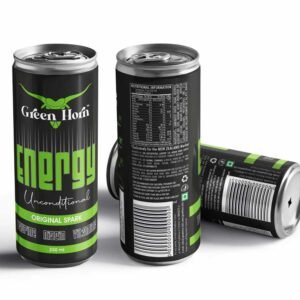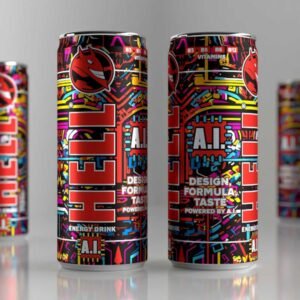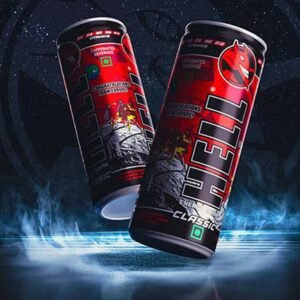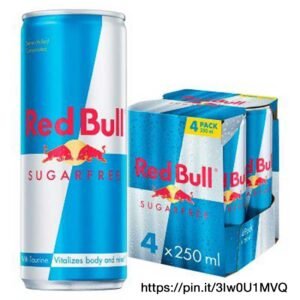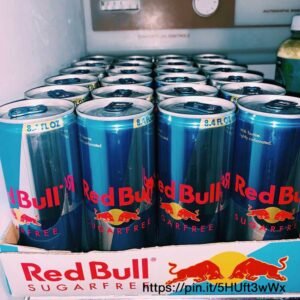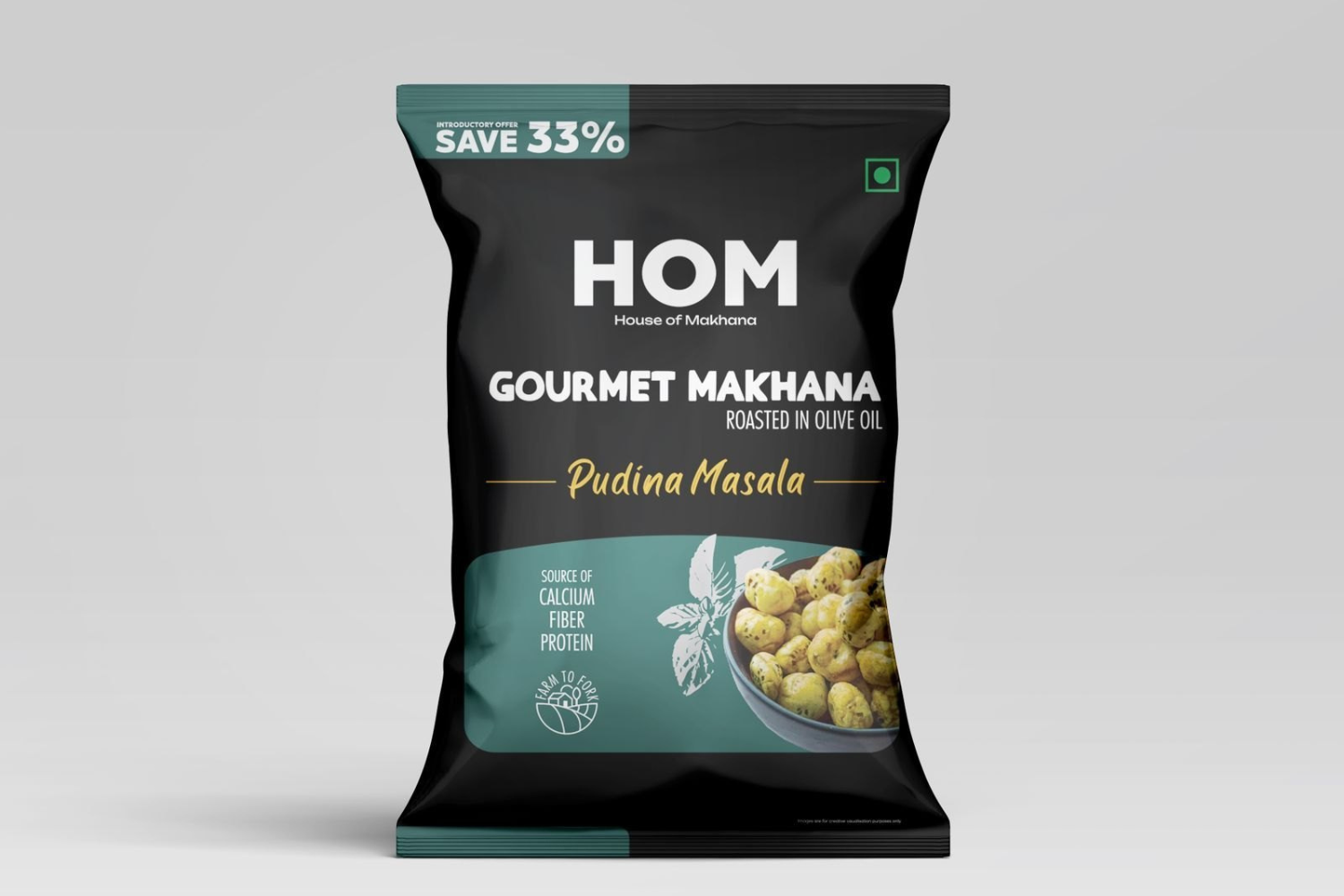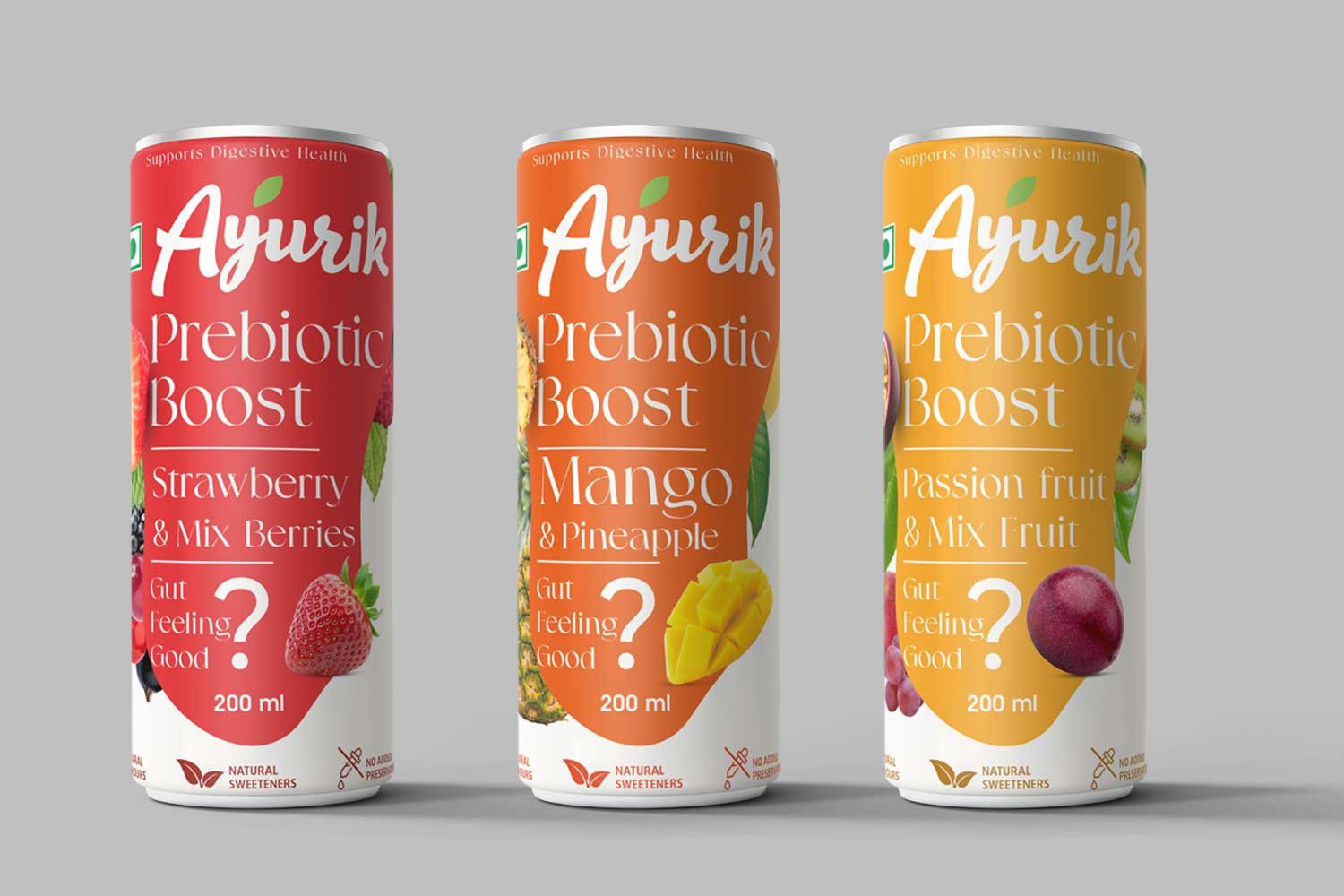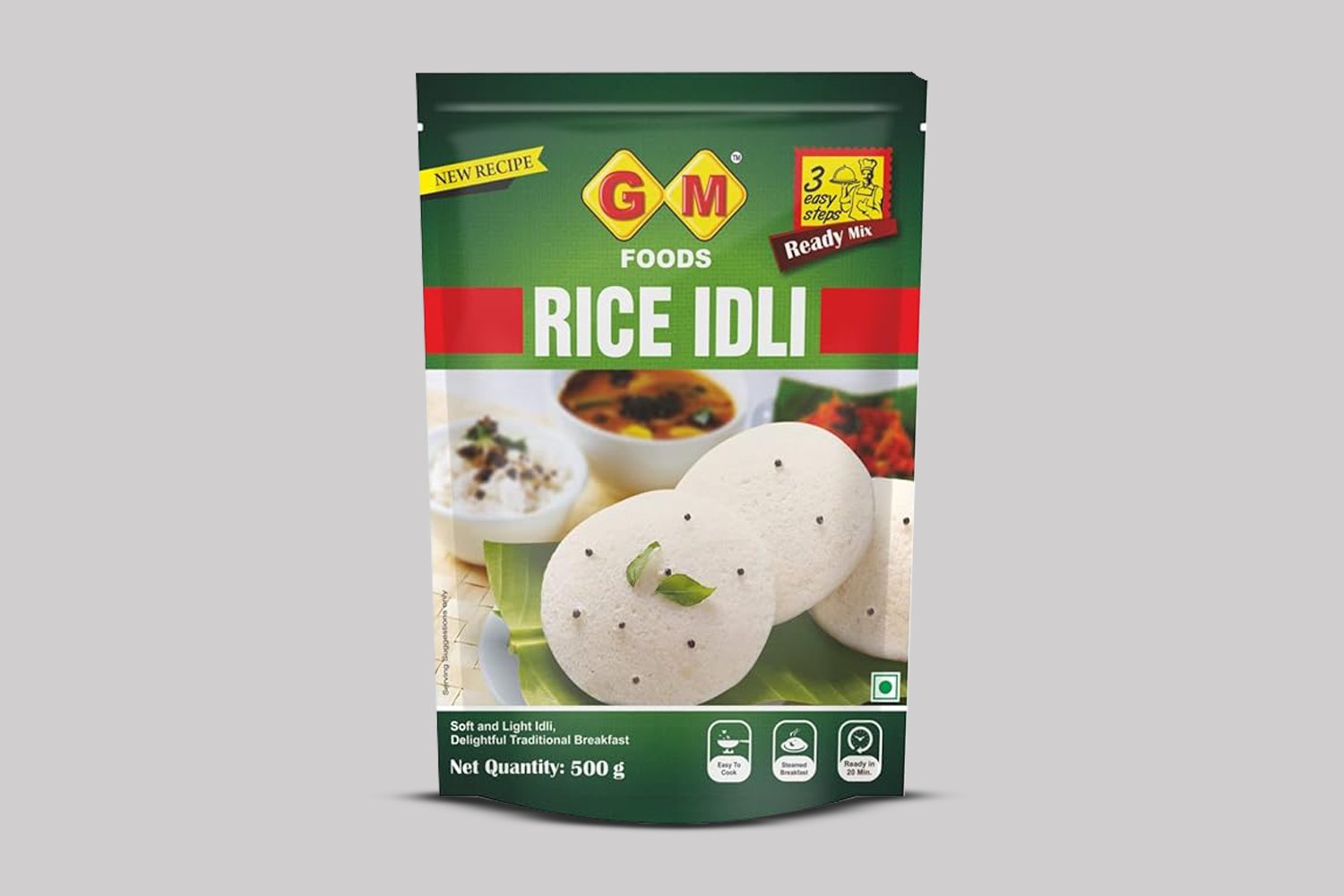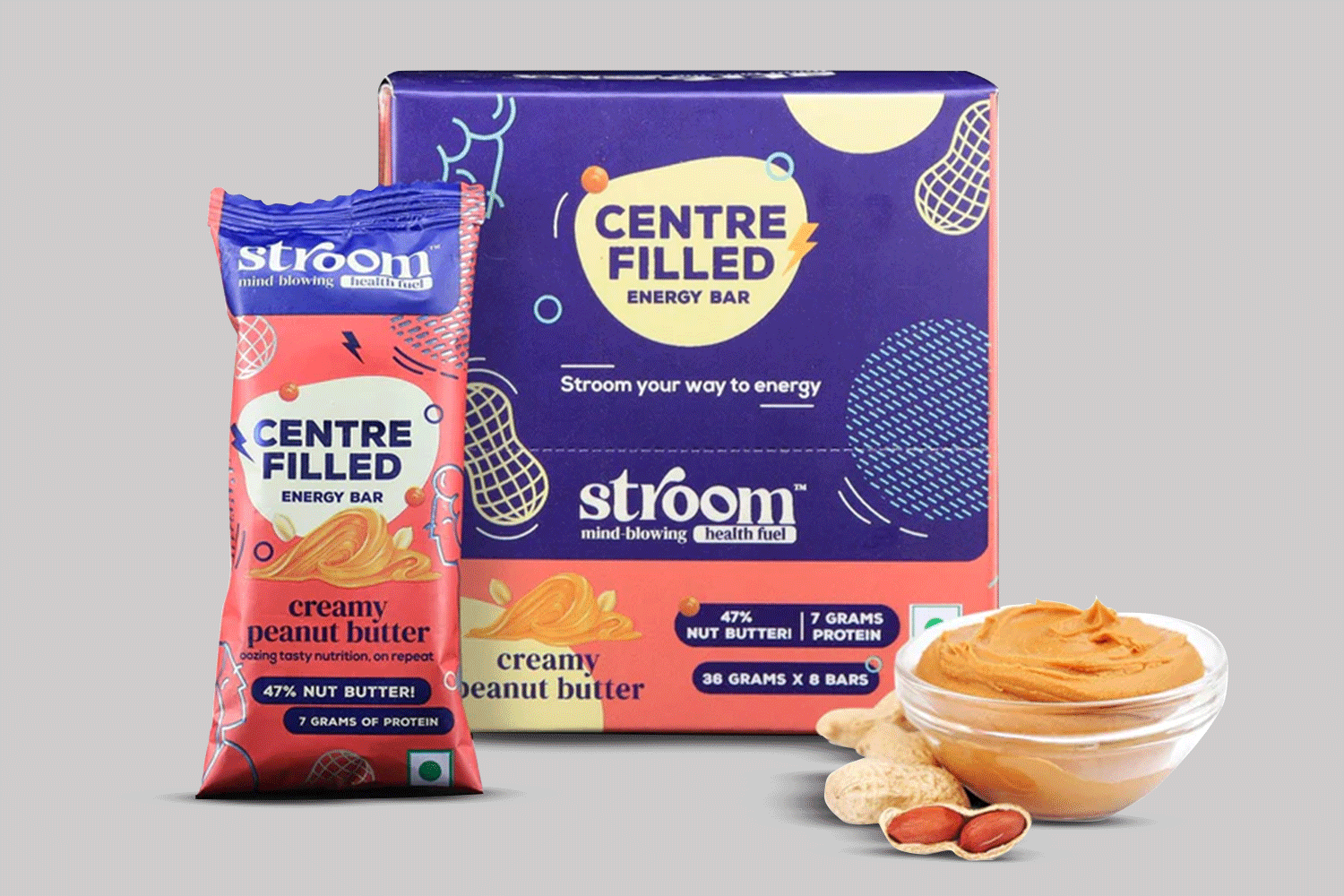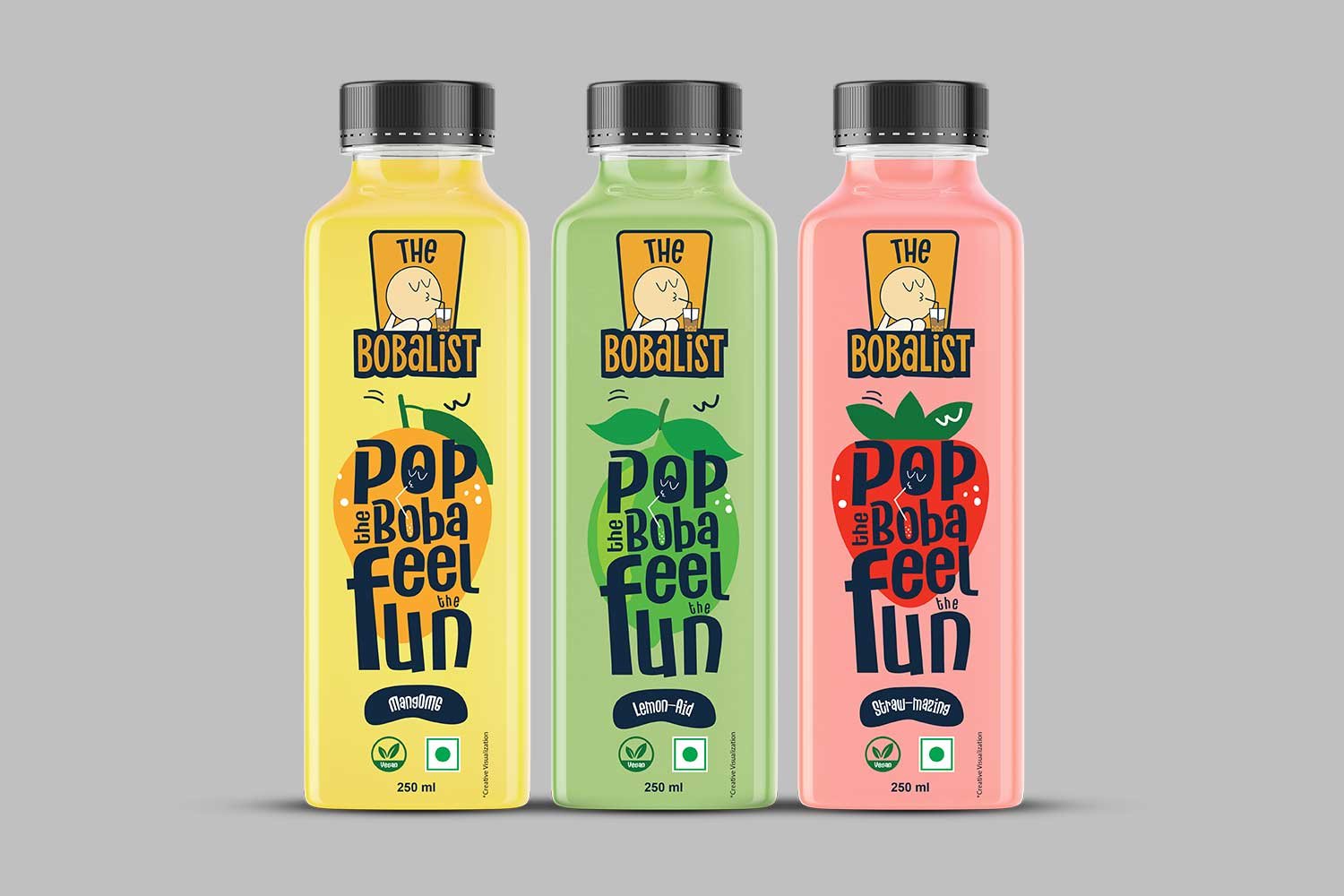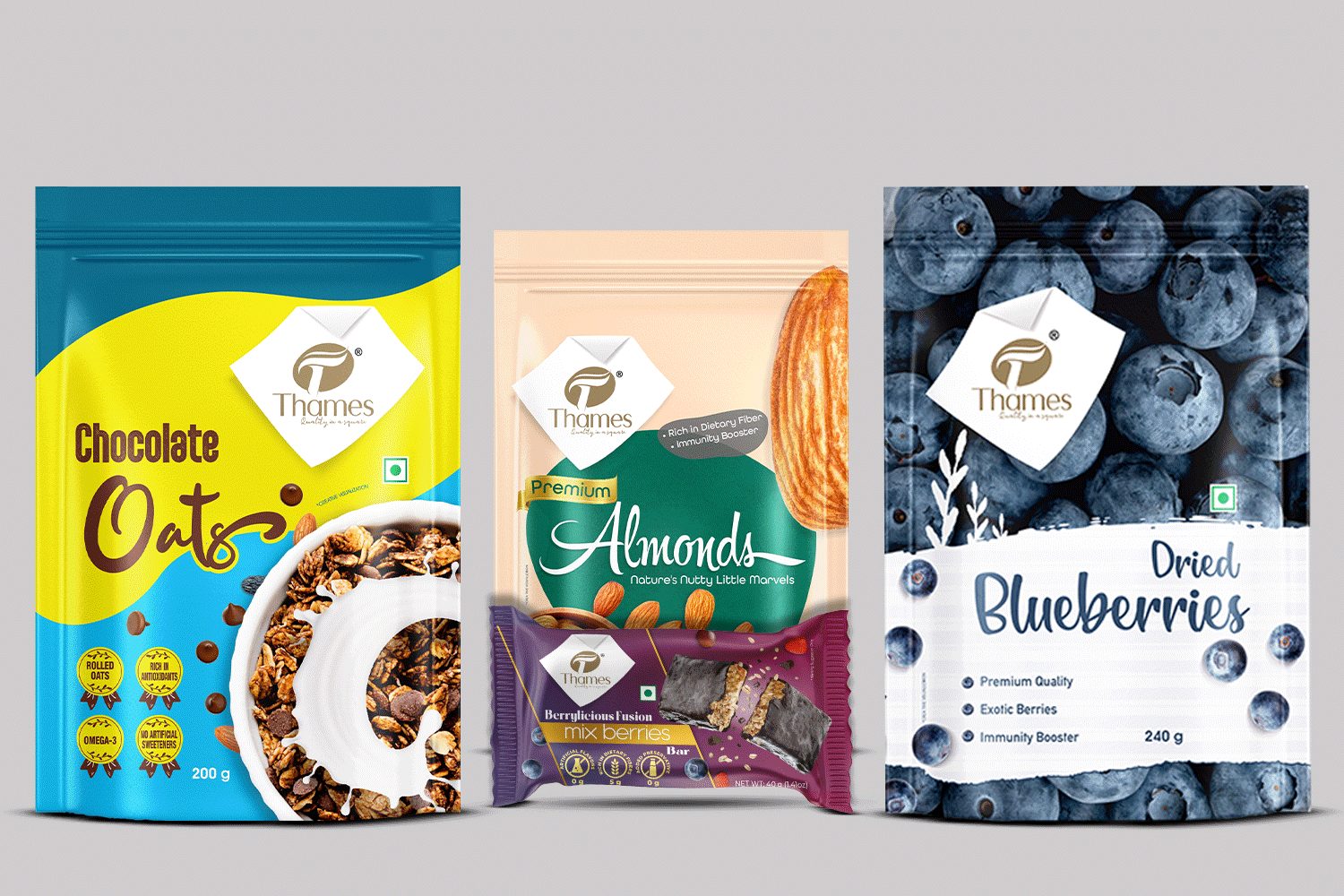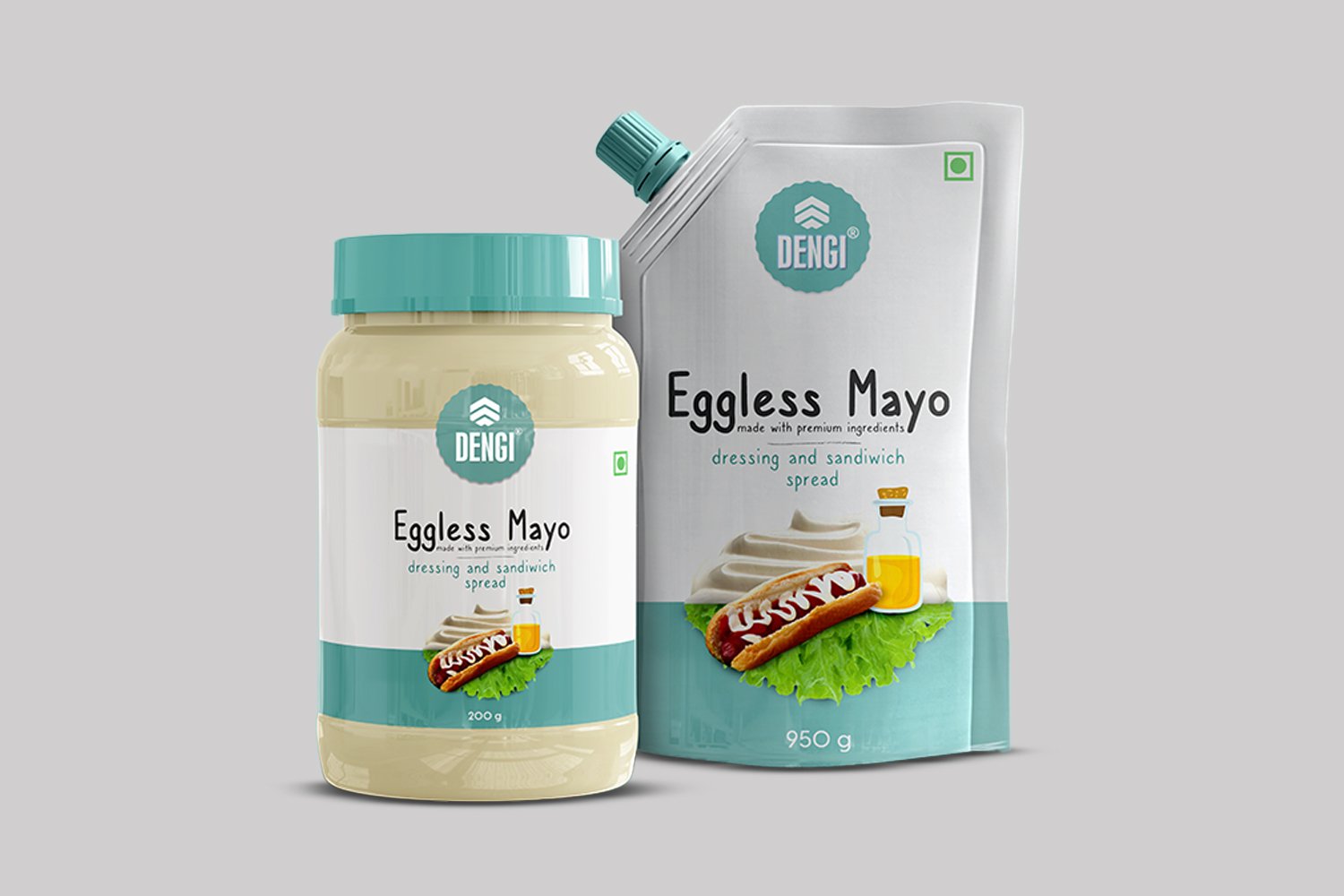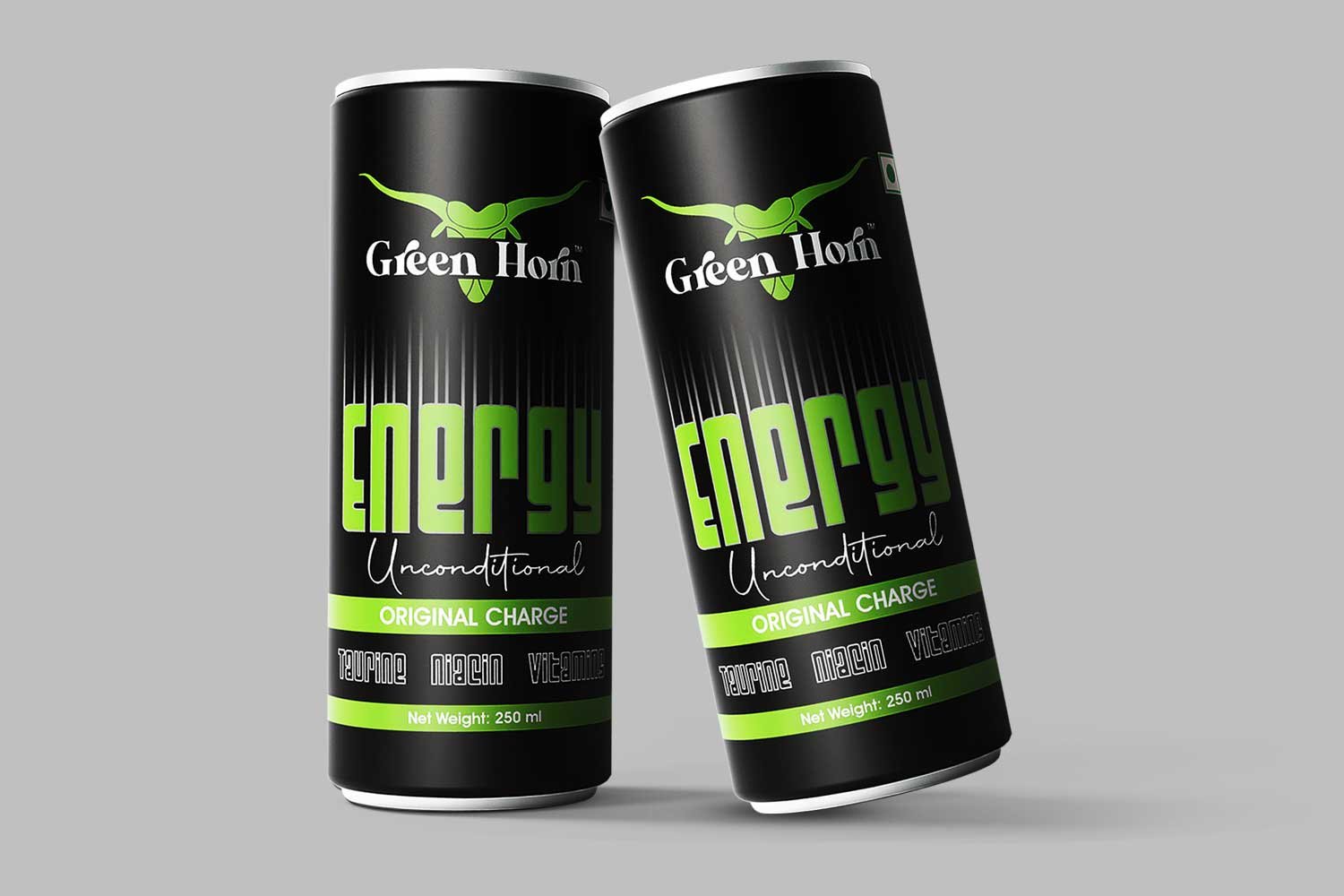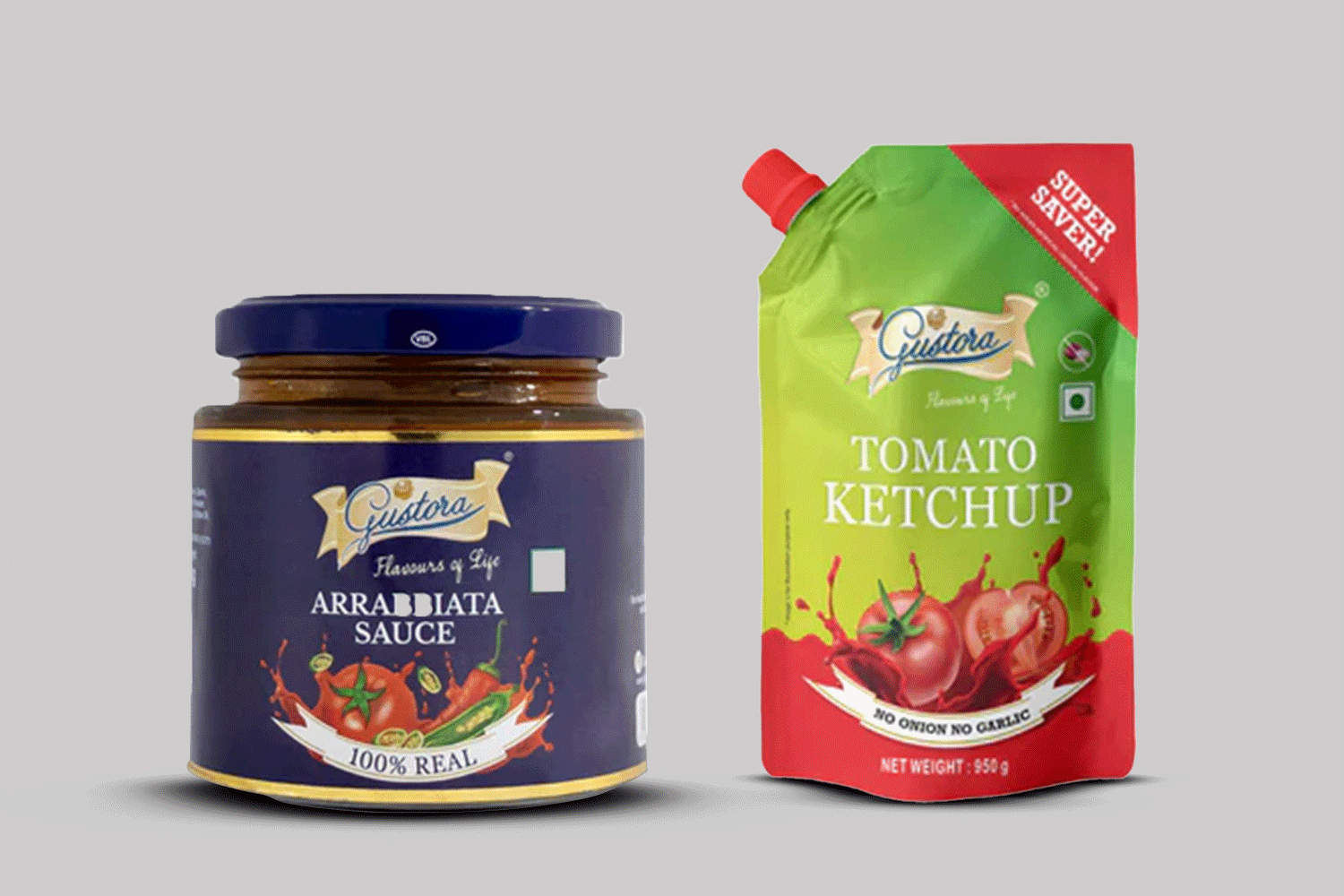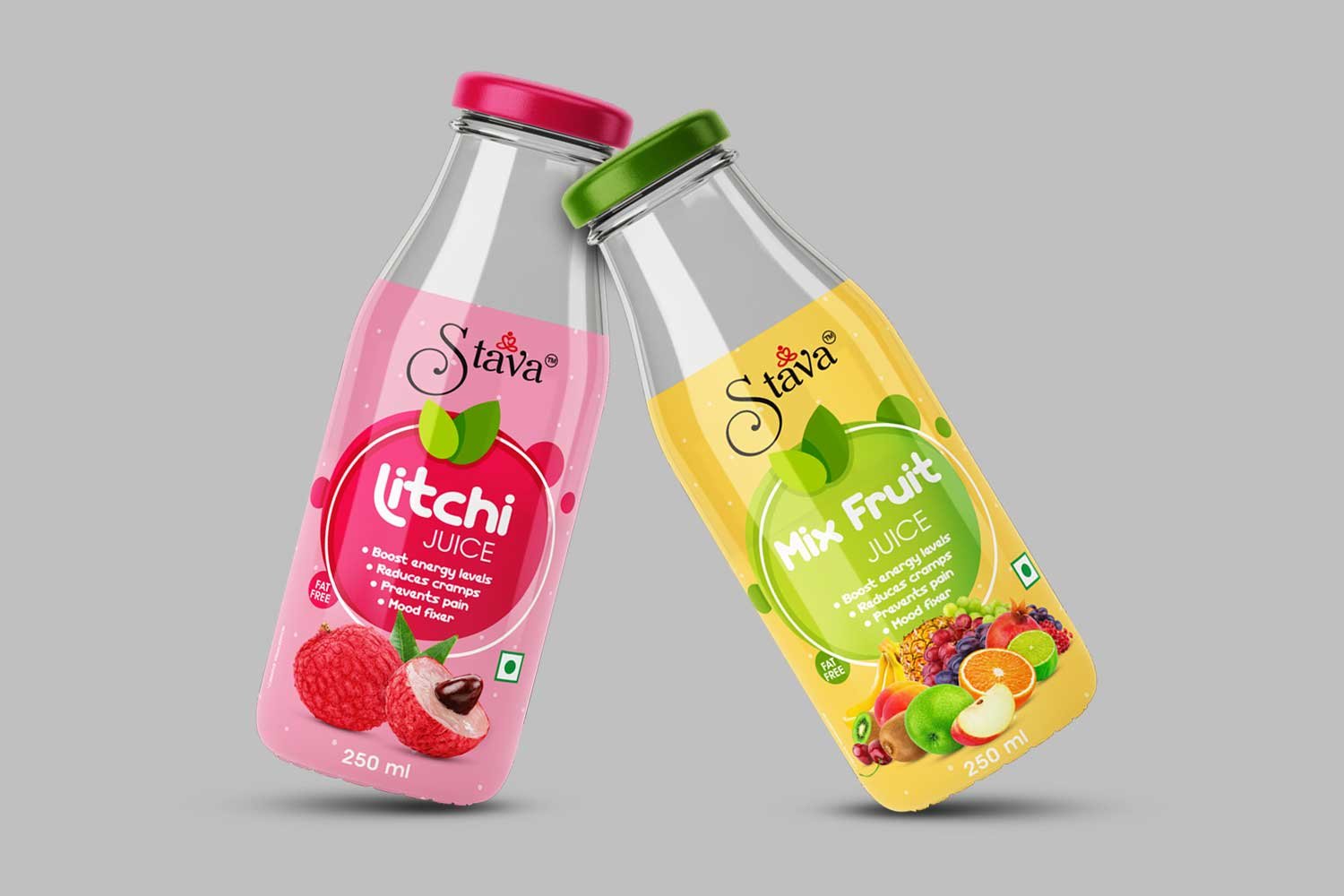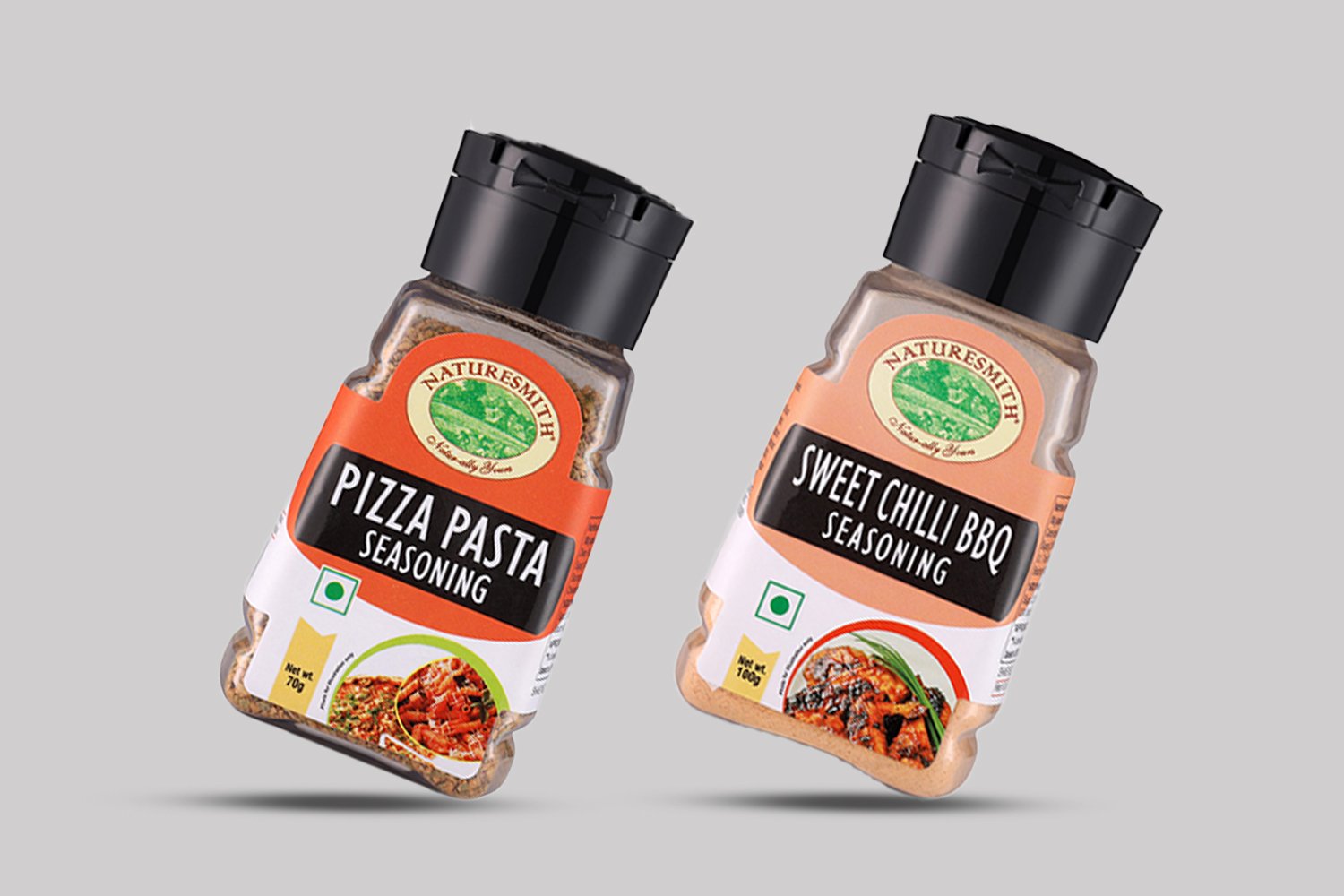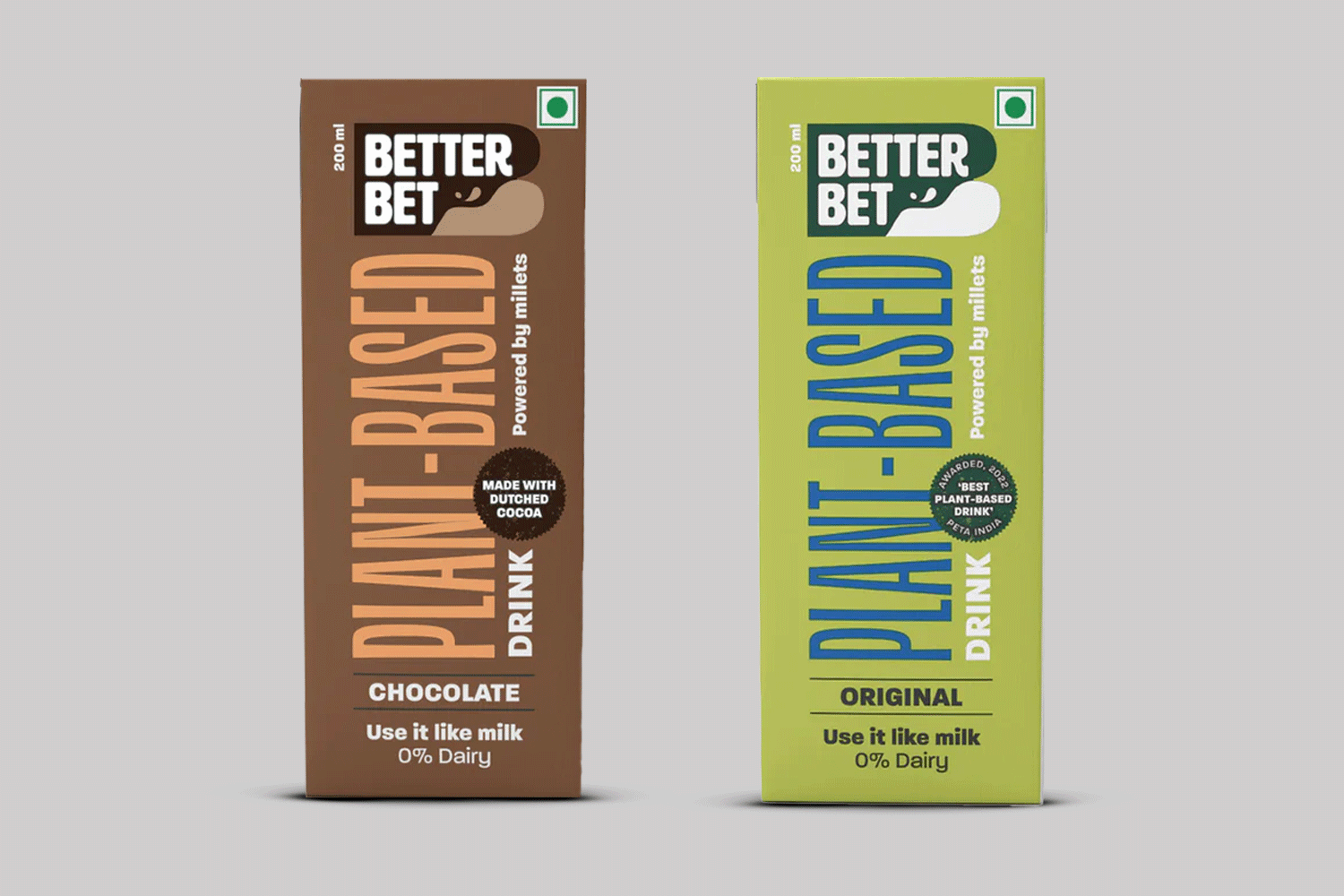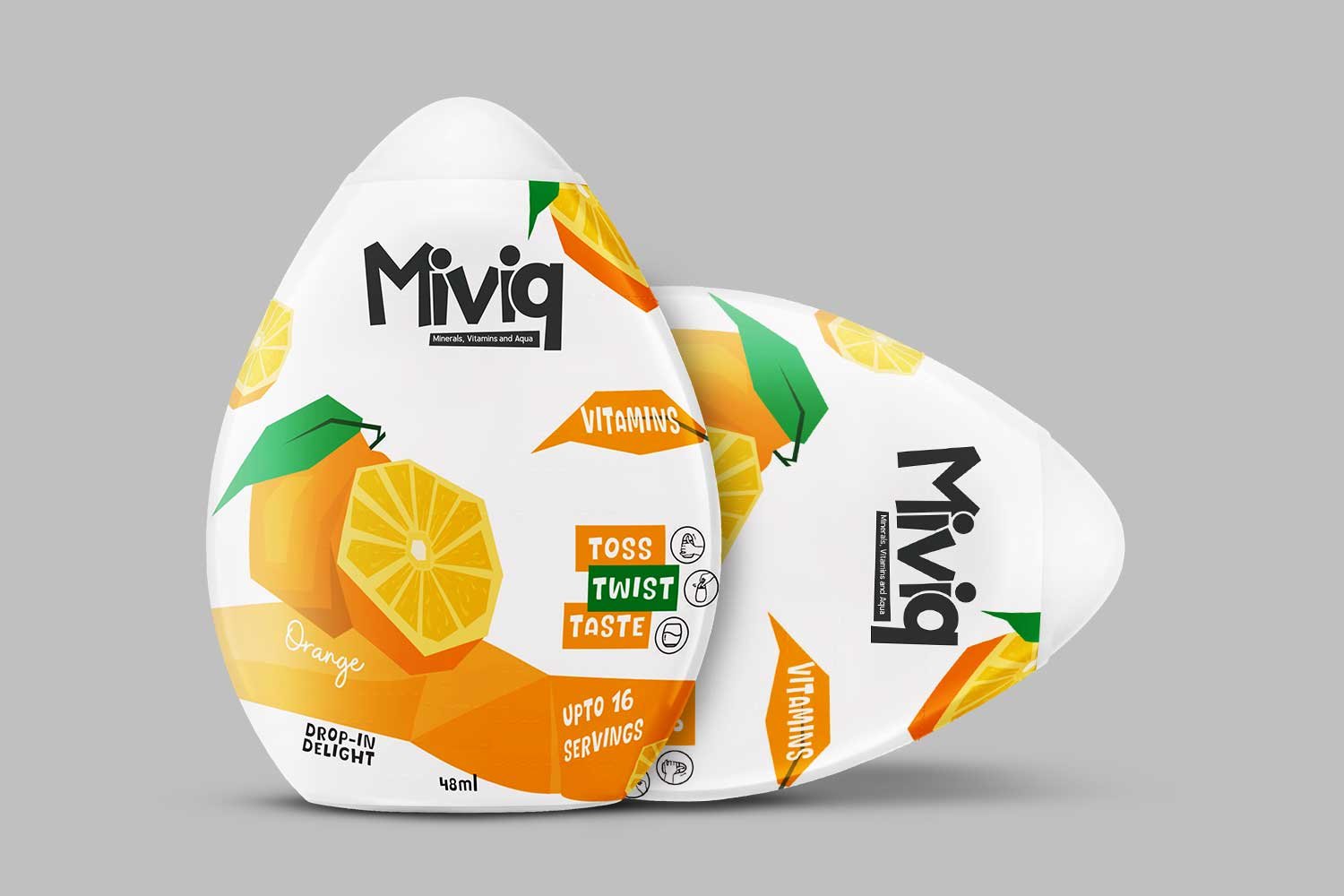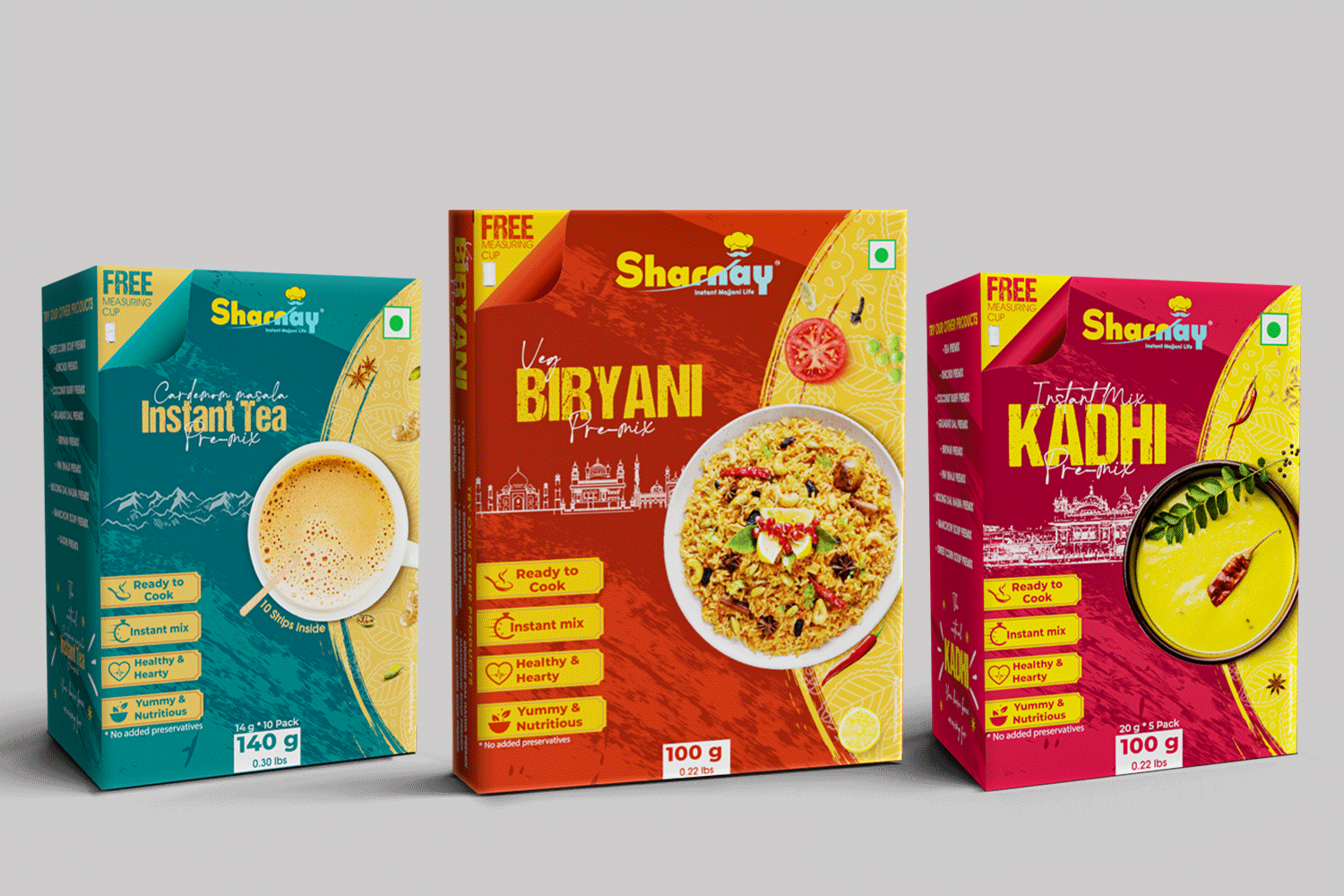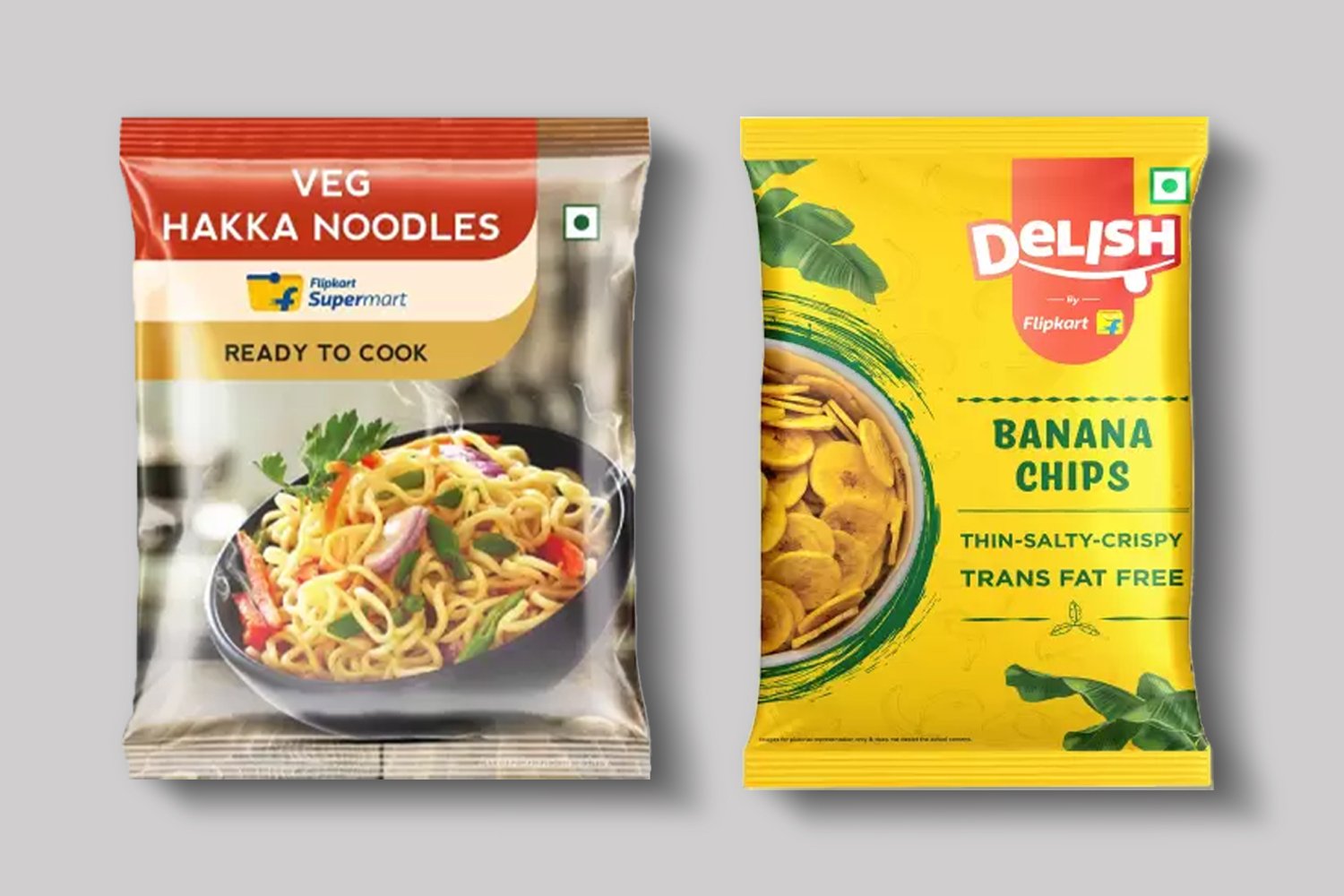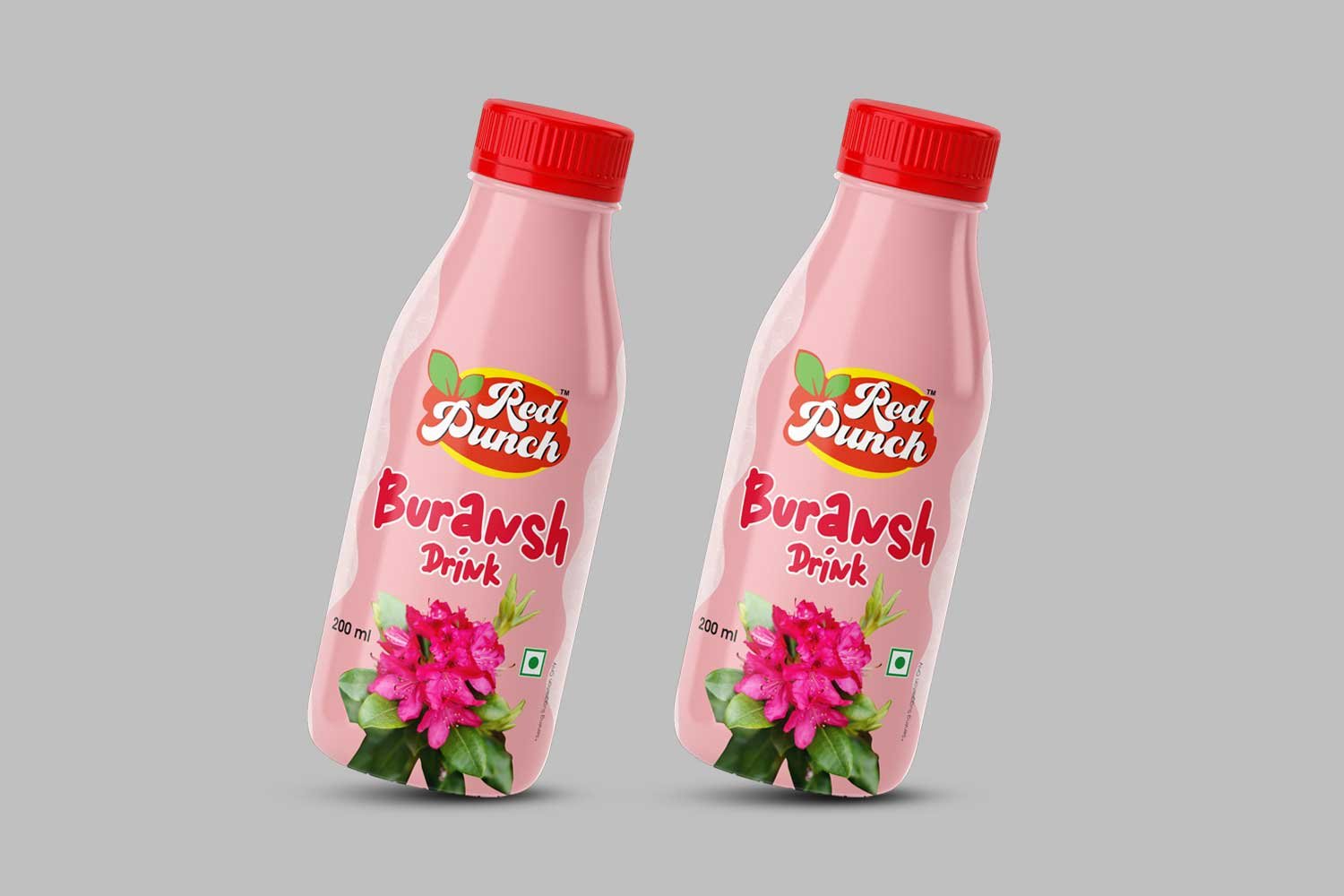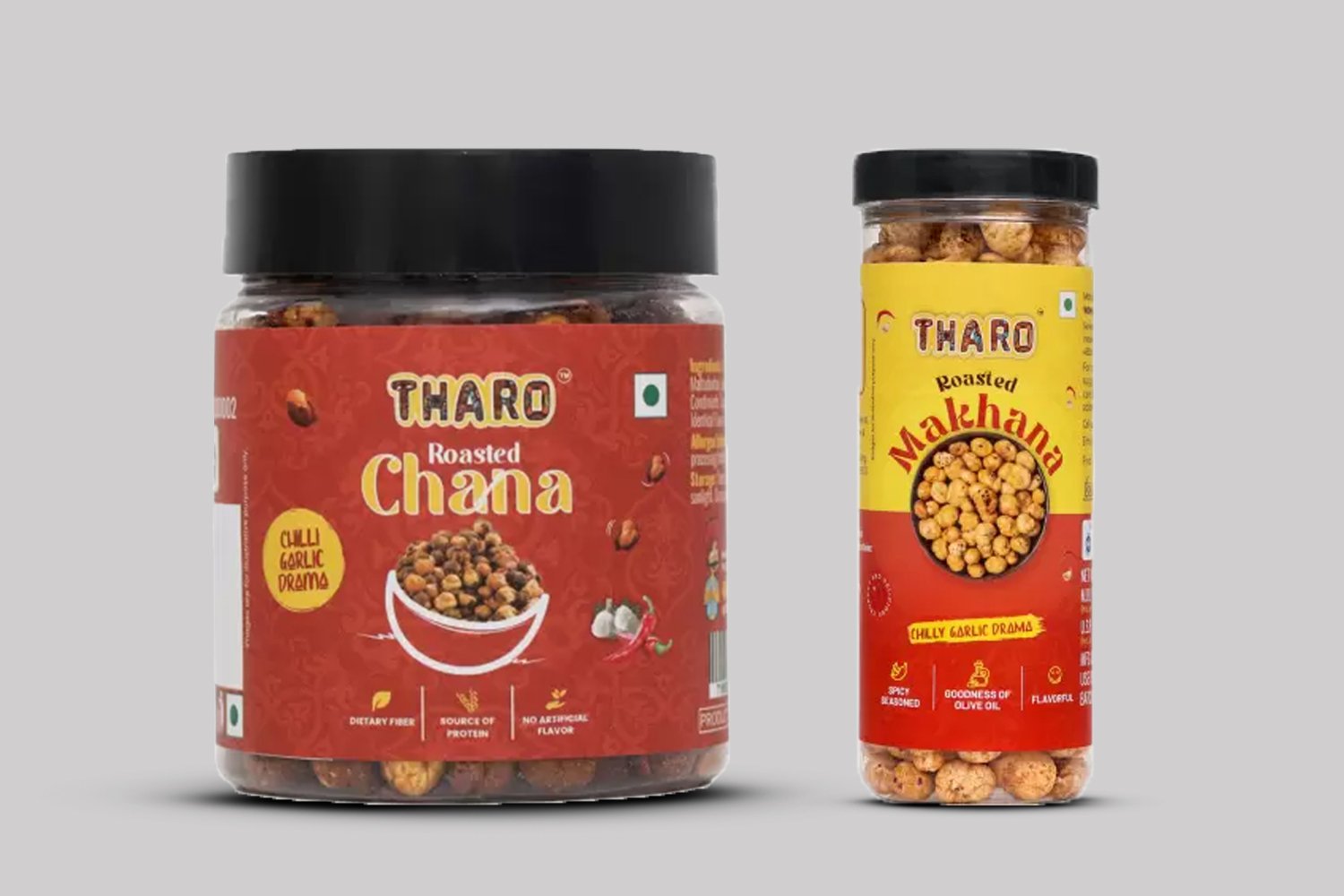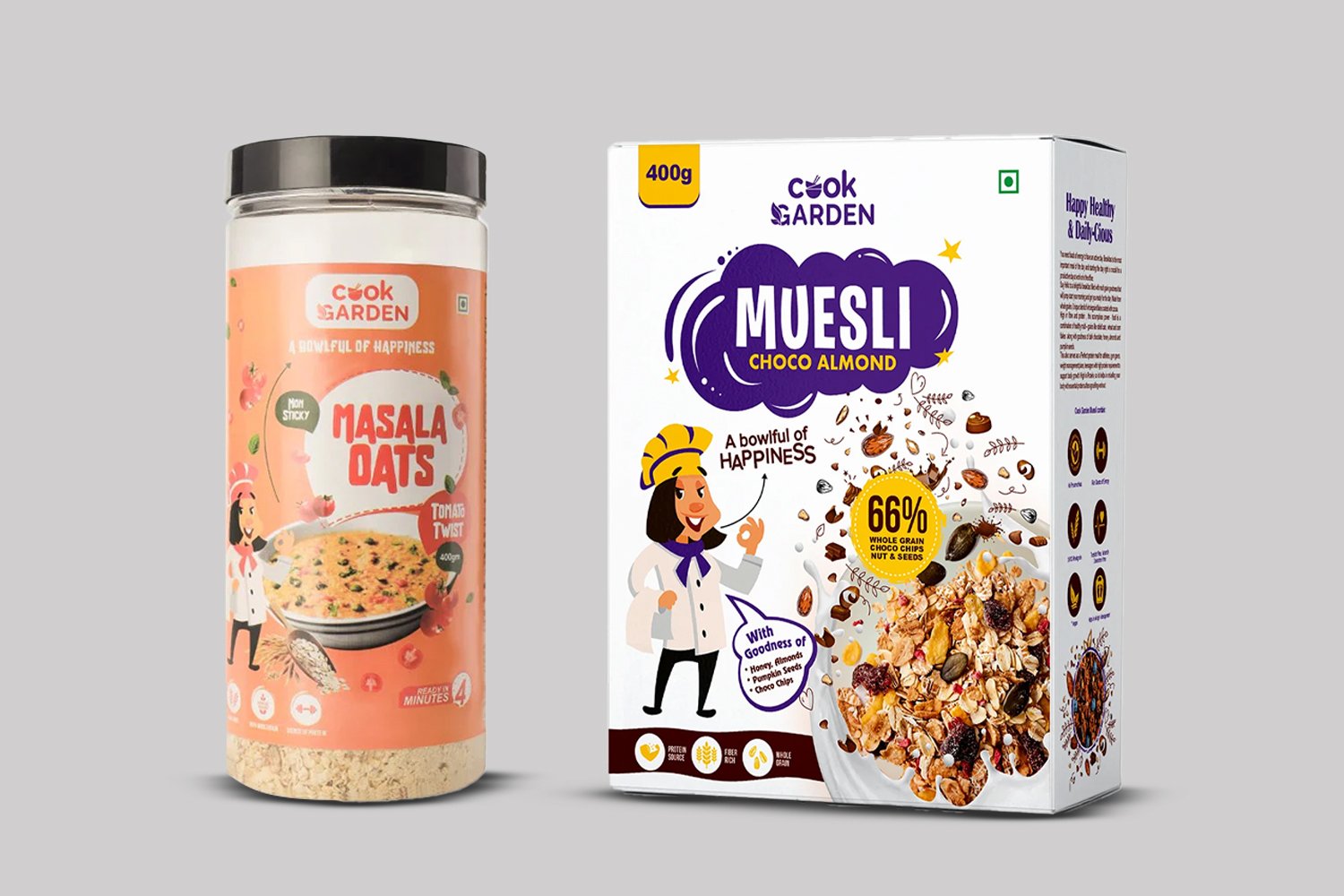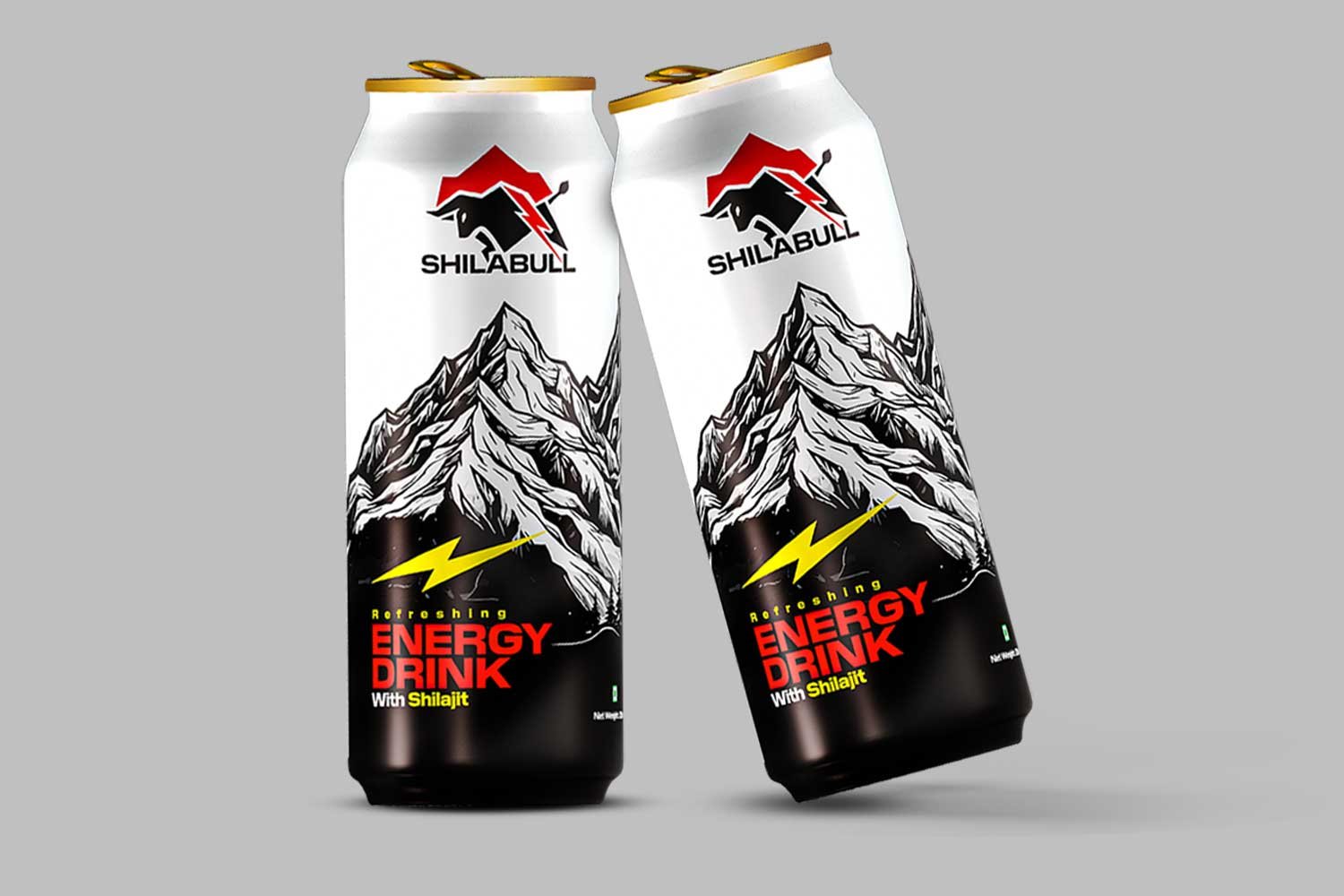Feeling tired? Imagine creating the next big energy drink recipe sensation that everyone grabs over the usual brands. From gym warriors crushing their workouts to office heroes facing deadlines, energy drinks have become the daily spark that keeps millions going. But here’s the thing- the secret isn’t just about caffeine and taurine. It’s about creating that perfect mix that makes taste buds dance and energy levels soar. That’s where Foodsure steps in, your creative partner for energy drink development dreams.
Think of us as your beverage artists, mixing innovation with excellence to help your brand stand out in a sea of aluminum cans. Whether you’re a bold startup ready to shake up the market or an established brand seeking fresh energy, we’re here to turn your vision into a formula that not only passes every quality check but also the ultimate test – making customers come back for more.
In this blog, we will provide you with in-depth details about energy drink formulation, energy drink trends, energy drink flavors, and an overview of some energy drink brands.
Energy Drinks Development Leading The Market Growth
Energy drink development has become popular among many fitness-loving people and athletes because of the energy boost. Hence, energy drink development is getting popular in the food and beverage industry. As per the research report, the global energy drink market size was valued at USD 73,805.8 million in 2023 and is projected to reach USD 125,111.3 million by 2030. The market is expected to reach 2030 by 2030 with a CAGR of 2024 – 7.8%.

Types Of Energy Drink Recipes
➜ Traditional Energy Drink Formulation: High caffeine, taurine, and high sugar content (e.g., Red Bull).
➜ Zero Sugar Energy Drink Development: Low or no-calorie drinks with artificial or natural sugar substitutes (e.g., Red Bull zero sugar).
➜ Natural Energy Drink Flavor: Prepared from natural sources of caffeine such as guarana, green tea, and yerba mate.
➜ Pre-Workout Energy Drink Formulation: Supplemented with BCAAs, L-arginine, and other performance-boosting nutrients.
➜ Herbal Energy Drink Development: Rich in traditional adaptogens – Ashwagandha, Brahmi, and Lemongrass to cater to related health advantages.
➜ Fusion Energy drink Flavor: Unique, exotic, and natural flavors make food more appealing with different energy drink flavors.
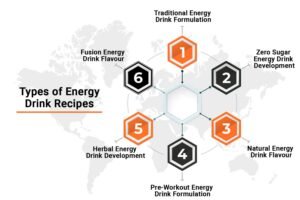
📥 Download Energy Drink Trends PDF & Get Expert Advice
Major Ingredients Used In Energy Drink Formulation
How are energy drinks formulated? Here are the various ingredients that contribute to the energy drink formulation.
➜ Water: The primary substance in any energy drink formulation is water, and it works as the solvent for all other compounds. This is useful for hydration because many consumers drink these beverages during physical tasks.
➜ Sucrose and Glucose (Sugars): These sugars are important in supplying quick energy since they help to enhance blood sugar levels. Calorie-free creams use aspartame, acesulfame K, and other forms of sweeteners, but with no calories included.
➜ Caffeine: Caffeine affects the central nervous system and makes people feel more alert and less tired. Traditionally, an energy drink has around a caffeine content of 80 mg per 250 ml can or a cup of coffee.
➜ Taurine: Adding this amino acid because it is beneficial in the process of neurological development and regulating hydration and minerals throughout the body. For example, Red Bull has approximately 1000 mg of taurine per 250 ml.
➜ B-Group Vitamins: These vitamins are important in energy metabolism. Vitamin B3 (Niacin) helps the body generate energy from the food it takes while B5 (Pantothenic Acid) supports the brain to function fully. B6 (Pyridoxine) is used in the metabolism of proteins and carbohydrates, and B12 (Cobalamin) in the formation of red blood cells, as well as the manufacture of energy drinks.
➜ Citric Acid: Citric acid is used as a food acid that complements the sweetness. It also contributes to the overall taste experience by adding a tangy note.
➜ Carbonated Water: This ingredient adds carbonation to the drink, providing a fizzy texture that enhances refreshment. The effervescence can increase consumer interest in energy drinks as compared to other drink types.
➜ Natural and Artificial Energy Drink Flavors: Flavors are important when it comes to the unique taste of an energy drink, such as Red Bull. These can be extracted directly from natural products, or they can be created artificially to obtain the required taste profile.
➜ Sodium Citrate: Sodium citrate helps keep the drink’s acidity levels in check, making sure the flavor stays stable over time. It also plays a role in balancing the overall taste.
➜ Magnesium Carbonate: As a mineral filler, magnesium carbonate plays the role of controlling acidity in energy drink recipes. It also contains compounds that could help the body relate to muscle function and energy metabolism.
➜ Colors: Energy drinks’ flavors and colors include caramel colors or artificial colors, which work to make the product more appealing. Color, for instance, may differ following regional preference or meeting and compliance.

Best Energy Drink Trends 2025
Energy drink brands are getting creative with energy drink flavors to make themselves different from others. And attract more consumers. Energy drink flavors are the future of energy drink trends. Popular energy drink trends include:
- Nostalgic energy drink flavors like vanilla berry mixes, mango orange blends, elderberries, hibiscus, orange creamsicle, and tropical flavors.
- Clean-Label & Health-First Energy Drinks
- Sugar-Free and Low-Calorie Formulations
- Functional Energy with Added Benefits (Nootropics, Adaptogens, Electrolytes)
- Cognitive Performance & Focus-Enhancing Drinks
- Botanical and Natural Caffeine Sources (Yerba Mate, Green Tea, Guarana)
- Exotic, Nostalgic & Café-Inspired Flavor Profiles
- Gaming and Esports-Focused Energy Drinks
- Hybrid Beverages (Energy + Tea, Energy + Sparkling Water)
- Female-Focused Energy Drink Innovations
- Sustainable & Eco-Friendly Packaging
- Low-Caffeine ‘Everyday Energy’ Options
- Personalized and Customizable Energy Drink Formulations
- Iconic Brand Revivals & Limited-Edition Drops
Read More: Energy Drink Recipe Formulation & Development
Regulatory Requirements For Energy Drink Manufacturing
➜ India: The limit of caffeine content is set at 145 ppm. The levels of taurine have to be compliant with the FSSAI guidelines.
➜ USA: No fixed limits on caffeine; manufacturers voluntarily disclose amounts. The taurine level is not controlled but varies between 500 and 2000mg.
➜ UAE: The highest amount of caffeine is 200 mg per serving. Energy drink recipes should have cautionary labels concerning sensitive populations.
➜ Europe: Maximum caffeine content: 320 mg/L Purpose: To provide labeling with the indication “High Caffeine Content” for drinks above 150 mg/L.

Energy Drink Market Gaps
➜ Limited Fusion Flavors: Appealing Flavors or novel ones are mostly missing in these offerings
➜ Re-Workout Integration: There are no energy drinks that incorporate BCAAs or L-arginine.
➜ Natural Ingredients: Lack of proper utilization of ashwagandha, brahmi, mulethi, and safed musli.
➜ Low Sugar Options: Less creativity on natural zero-sugar alternatives.
➜ Functional Benefits: Insufficient energy drinks contain vitamins, minerals, and adaptogens.
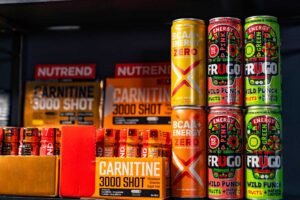
Case Studies Of Energy Drink Brands
Green Horn Energy Drink
➜ Overview: No added preservatives but processed natural products only.
➜ Innovation: With tropical Punch, Flavors added, and naturally caffeinated
➜ Market Impact: Gained popularity due to its healthy-sounding clean-label association.
Hell Energy Drink
➜ Overview: Popular because of its low price and numerous types of flavors.
➜ Innovation: Supplemented with vitamin B2, B6, and vitamin B12 for energy metabolism.
➜ Market Impact: Entered mass markets in terms of coverage of both the low-end and high-end segments.
Zero Sugar Red Bull Energy Drink
➜ Overview: The product is a low-calorie version of Red Bull.
➜ Innovation: Sweetened with aspartame and acesulfame K, maintaining the signature taste.
➜ Market Impact: Became a preference for calorie-conscious consumers.
Related Services For Energy Drink Recipes
➜ Energy Drink Formulation
➜ Energy Drink Development
➜ Energy Drink Ingredient Sourcing
➜ Packaging for Energy Drinks
➜ Small-scale Bottling & Production
➜ Energy Drink Manufacturing
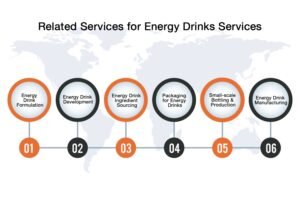
How Foodsure Develops Winning Energy Drink Formulas
| Step No. | Process Stage | Description |
|---|---|---|
| 1 | Market Research | Analyze market trends, consumer preferences, and competitor products to identify opportunities. |
| 2 | Idea Generation | Brainstorm innovative product concepts based on insights from market research. |
| 3 | Ingredient Selection | Source high-quality ingredients, ensuring functionality, nutrition, and compliance with regulations. |
| 4 | Recipe Formulation | Develop and optimize the product recipe to achieve the desired taste, texture, and nutritional profile. |
| 5 | Prototyping | Create small-scale samples for initial evaluation and testing. |
| 6 | Sensory Testing | Conduct taste tests and sensory evaluations to refine the product before scaling up. |
| 7 | Regulatory Compliance | Ensure all formulations meet FSSAI, FDA, and other relevant food safety regulations. |
| 8 | Packaging Design | Develop functional, aesthetic, and compliant packaging solutions for the product. |
| 9 | Pilot Production | Produce a small batch under real manufacturing conditions to test consistency and quality. |
| 10 | Commercial Launch | Finalize production, initiate distribution, and launch the product in the market. |
How Foodsure Can Help You In Energy Drink Recipe Formulation?
Making a great energy drink? Do you want your energy drink brand to be the best? It’s like following your favorite energy drink recipe– but even better. We know why beverages taste so good. We know the energy drink trend. What keeps them safe? And what makes people smile when they take that first sip? Trust Foodsure for innovative energy drink development.
Things That Make You Choose Foodsure
➜ Customized Energy Drink Formulation: We make energy drinks just the way you want, matching your ideas and goals.
➜ Regulatory Guidance: We help you follow all food safety rules so you don’t have to stress about approvals.
➜ Innovative Ingredients: We pick the best ingredients to make your drink tasty, healthy, and effective.
➜ Flavor Development: We make sure your drink tastes great and feels refreshing with the right mix of flavors.
➜ Pilot Trials: We test small batches first to make sure everything is perfect before making it on a large scale.
➜ Scalable Solutions: Whether you’re starting small or going big, we help you grow without any hassle.
➜ Packaging Design: We help you choose the right bottle, can, or pack that looks good and keeps your drink fresh.
➜ Sensory Testing: We check the taste, smell, and feel of your drink to make sure people love it.
➜ Marketing Support: We guide you on branding and selling so your drink stands out in the market.
➜ Collaboration: We work with you at every step to bring your energy drink idea to life.
Got an Energy Drink Idea? We’ll Help You Formulate It!
Foodsure’s expertise in energy drink formulation will help the startup bring new and high-quality energy drinks to market. From fusion flavors to addressing regulatory concerns and studying energy drink trends, we are here. The food business solutions we provide support the successful creation of new ideas to be commercialized. Contact us at +91 8130404757, and let us help you become the next food business tycoon!





